When doing repairs or even maintenance on a car, you might be presented with a choice between Aftermarket vs OEM parts. This can be a confusing and even worrisome thing, because most people know their car is a big investment, and they don’t want to suffer the consequences of a bad decision. There are even well-intentioned friends, family and associates that will give you their opinion on which is better. So, it’s no wonder that plenty of people feel completely confused about the whole aftermarket vs OEM parts debate.
Some aren’t sure what it’s all about, so if that’s you there’s no need to worry or feel embarrassed. You should first understand what aftermarket and OEM parts are, then you can form an educated opinion on this debate.
What Are Aftermarket Parts?
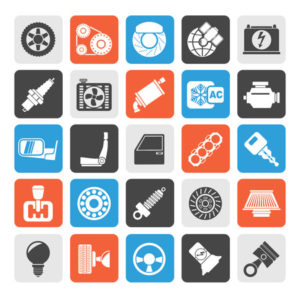 Any vehicle components that are made by a company other than the original manufacturer technically are aftermarket parts. In other words, if you can’t buy them from the dealership parts department, different components are aftermarket.
Any vehicle components that are made by a company other than the original manufacturer technically are aftermarket parts. In other words, if you can’t buy them from the dealership parts department, different components are aftermarket.
You can get direct replacement aftermarket car parts, which are designed to fit in the same place as the original components, and will perform the same function.
These parts shouldn’t void the vehicle warranty, although you should check before you buy. Sometimes these parts work better than the original ones, such as by addressing inherent design flaws or weaknesses.
What Are OEM Parts?
Any vehicle component that’s made by the original manufacturer is considered OEM, or original equipment manufacturer. They are the exact same parts that were on your car when it rolled off the assembly line.
You usually get a warranty with OEM parts, something you may or may not get with an aftermarket option. Also, there’s no question about the component fitting correctly. These parts were designed from the very beginning for your car, and so should perform reliably.
Costs of Aftermarket vs OEM parts
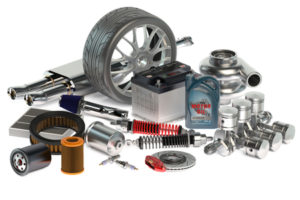 The assumption made by many people is that aftermarket parts are always cheaper than OEM options. That’s usually the case, but there are exceptions. If an aftermarket option is made far better, or is packed with more features, it could cost more. But the point of most aftermarket components is they help you save money by cutting costs.
The assumption made by many people is that aftermarket parts are always cheaper than OEM options. That’s usually the case, but there are exceptions. If an aftermarket option is made far better, or is packed with more features, it could cost more. But the point of most aftermarket components is they help you save money by cutting costs.
With OEM parts, the price can be considerably higher because you can only buy them from dealerships and maybe the automaker’s official parts website. For aftermarket parts, there are many brick and mortar as well as online stores you can buy them from, plus usually at least several versions of the same part. It’s simple economics that when there are fewer options, prices rise, while more options mean prices drop.
The Question of Quality
Of course, everyone wants good quality without having to pay more than what’s necessary to get it. Before you just assume OEM parts are the answer, remember that some aftermarket components are designed to correct flaws found in the original parts, and they still cost less. In that kind of a situation, you’re getting incredible quality you’d be a fool to pass up. Going with the OEM part means suffering the same lack or performance, bad reliability or whatever is the problem.
To know if an aftermarket part is of good quality, you need to know the different brands out there. Most people don’t, so they avoid taking a chance and choose the OEM part. That might be the safe choice, but it might not be the best one. Ideally, you have a trusted expert who can guide you in making an optimal decision, if you’re not that familiar with aftermarket parts.
At T3 Atlanta, we’re your source for both quality OEM and aftermarket parts. You can count on us to always use whichever option is best for your vehicle so you enjoy the kind of longevity, reliability and performance you deserve, while still reaping optimal savings.




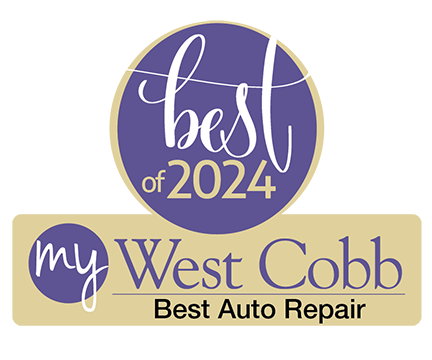

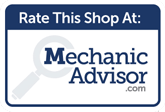
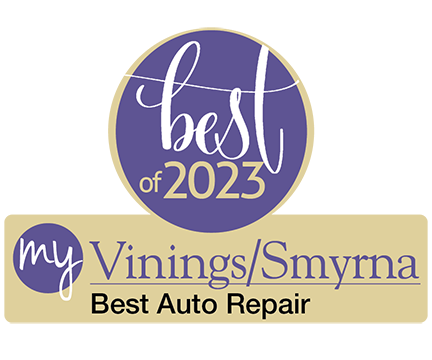
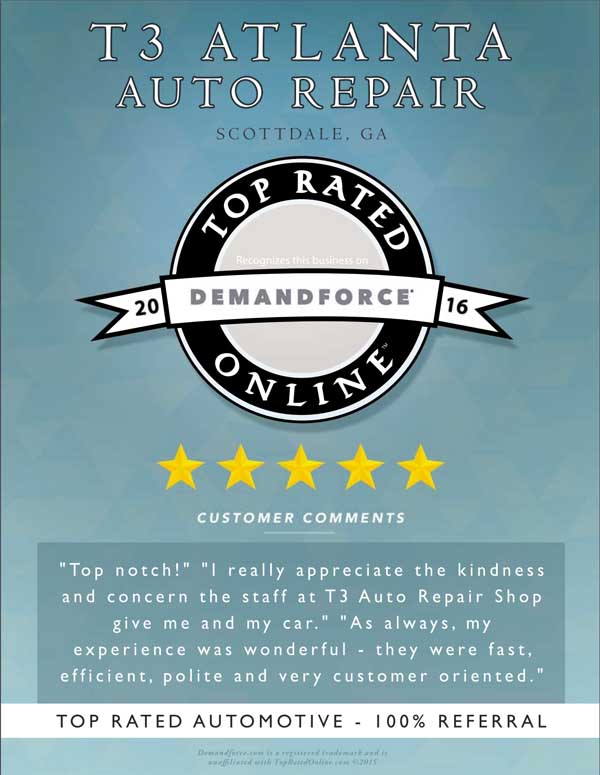

Leave a Reply
You must be logged in to post a comment.